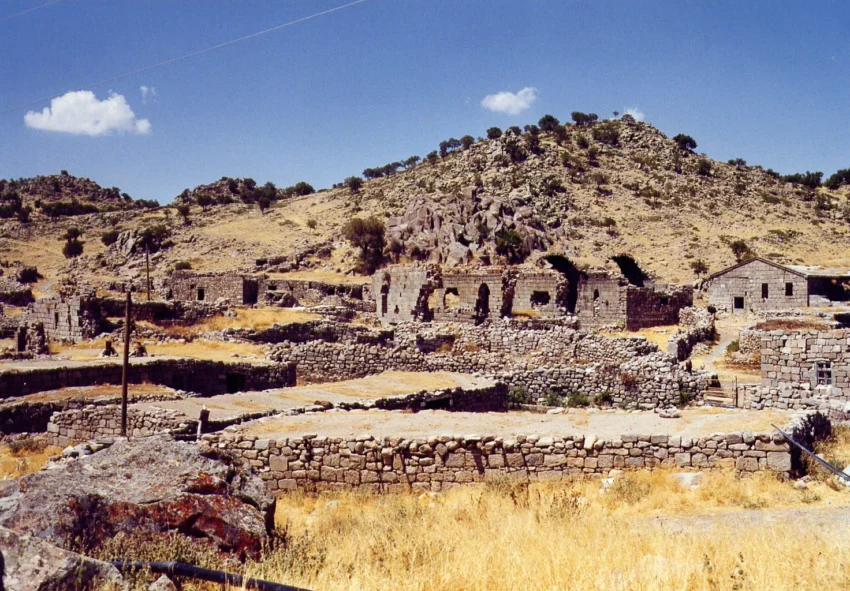Binbirkilise: A Testament to Byzantine Ecclesiastical Architecture in Lycaonia
Binbirkilise, translating to “Thousand and One Churches,” is a notable district in the Karaman Province of Turkey, situated within the medieval region of Lycaonia. This area is distinguished by its approximately fifty ruins of Byzantine churches, offering a unique window into the architectural and cultural milieu of the era between the 3rd and 8th centuries AD.
Get your dose of History via Email
Location and General Overview
The district is positioned on the northern slopes of the Karadağ volcano, approximately 30 km north of Karaman, the provincial capital. The church ruins are dispersed across the settlements of Madenşehri, Üçkuyu, and Değle, integrating seamlessly with the landscape and the contemporary villages.
Architectural Significance
Binbirkilise was a pivotal cultural center for Byzantine Christians, housing an array of churches, monasteries, cisterns, fortifications, and residential structures. The architecture of the region is particularly noteworthy for its several domed basilicas of the Syriac Orthodox type. The construction utilized large cut stone blocks, a necessity due to the scarcity of wood, which led to the distinctive stone domed roofs. The presence of matronea (galleries) behind the upper column rows, double clerestory windows in the apses, and mostly double arcades in the narthexes, supported by a central column, are indicative of the architectural sophistication of the period. Additionally, some churches, especially in Madenşehri, still bear remnants of murals, further enriching the historical tapestry of the region. The area is also notable for containing rare relics from the Hittite, Roman, and Hellenistic periods.
Historical Research
The archaeological significance of Binbirkilise was first brought to wider attention through the works of Carl Holzmann, who published “Archäologische Skizzen” in 1904. The British traveller and archaeologist Gertrude Bell extensively explored the region in 1905, documenting her findings in the Revue Archéologique. Collaborating with William Mitchell Ramsay in 1907, Bell conducted excavations that yielded significant insights into the Byzantine ecclesiastical architecture of Binbirkilise. Their collaborative work, “The Thousand and One Churches,” remains a seminal reference for the study of the region. However, Bell’s subsequent visit in 1909 revealed the detrimental impact of stone robbery on the site, a trend that has unfortunately continued, leading to a significant loss of historical structures.
In 1971, Turkish art historian Semavi Eyice further examined Binbirkilise, contributing to the body of research with his findings. Despite the challenges posed by looting and natural degradation, the work of these scholars has been instrumental in preserving the knowledge of Binbirkilise’s architectural and cultural heritage.
Conclusion
Binbirkilise stands as a testament to the rich Byzantine ecclesiastical architecture and the vibrant Christian culture that once flourished in Lycaonia. Despite the ongoing threats to its preservation, the district remains a critical site for understanding the architectural innovations and religious life of the Byzantine era. The contributions of researchers like Gertrude Bell, William Mitchell Ramsay, and Semavi Eyice have been invaluable in documenting and preserving the legacy of Binbirkilise for future generations.
Sources:

